


Image Slide 2
Sparky's World
Image Slide 1
Welcome!
Image Slide 3
www.CQDX.ru






AMATEUR RADIO, also called ham radio, noncommercial two-way radio communications. Messages are sent either by voice or in International Morse Code. Interest in amateur radio arose around the turn of the 20th century, shortly after Italian inventor Guglielmo Marconi successfully sent the first transatlantic wireless signal in 1901. The interference of amateur broadcasts with commercial and military transmissions led to the institution of government control in 1911. After World War I, amateurs became active in radio experimentation, contributing to developments in long-distance broadcasting and becoming the first radio operators successfully to exploit the upper medium-frequency and lower high-frequency radio bands. Over the years, amateur radio operators have also provided emergency communications during forest fires, floods, hurricanes, and other disasters. They serve as an important link between stricken communities and the outside world until normal communications are reestablished.
The idea of this portal is to combine news in the field of amateur radio communications and reviews of telecommunications technologies. I do not pretend to provide comprehensive coverage of world news in these areas, but I do my best and try to publish everything that may relate to the diverse hobby of amateur radio communications and everything connected with it.
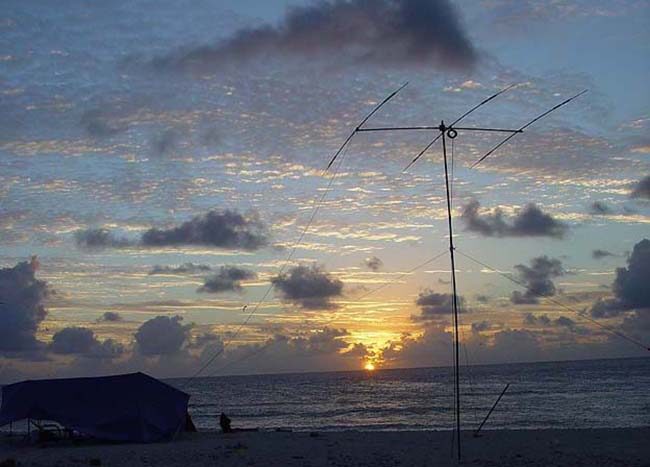
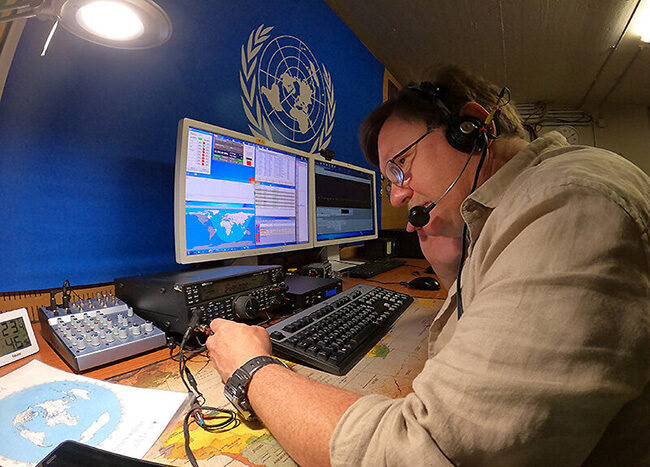
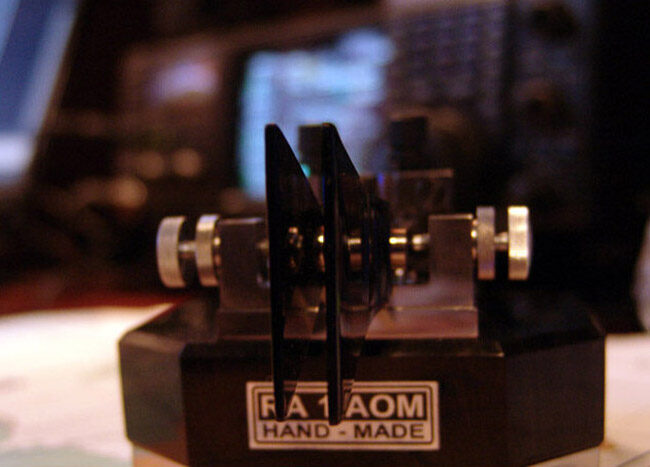
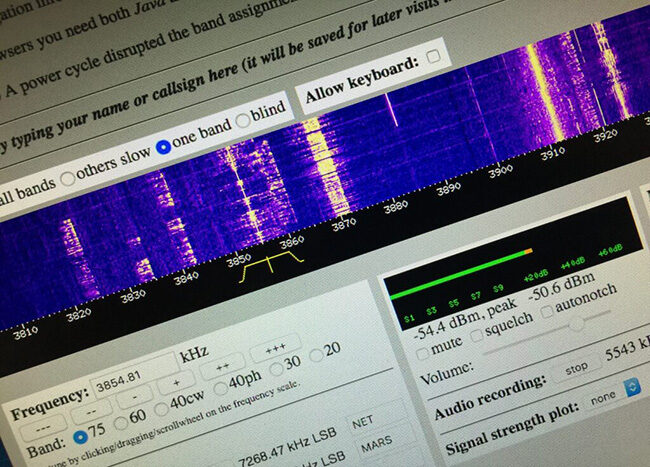
Around 1911, an impassioned speech made by Harvard University student Albert Hyman to the United States Congress, in support of amateur radio operators, turned the tide and helped defeat a bill that would have ended amateur radio activity entirely by assigning the entire radio spectrum to the military. An amateur station that Hyman supposedly shared with Bob Almy and Reggie Murray, which was said to be using the self-assigned call sign HAM (short for Hyman-Almy-Murray), thus came to represent all of amateur radio. However, this story seems to have first surfaced in 1948, and practically none of the facts in the account check out, including the existence of “a little station called HAM” at Harvard in the first place.
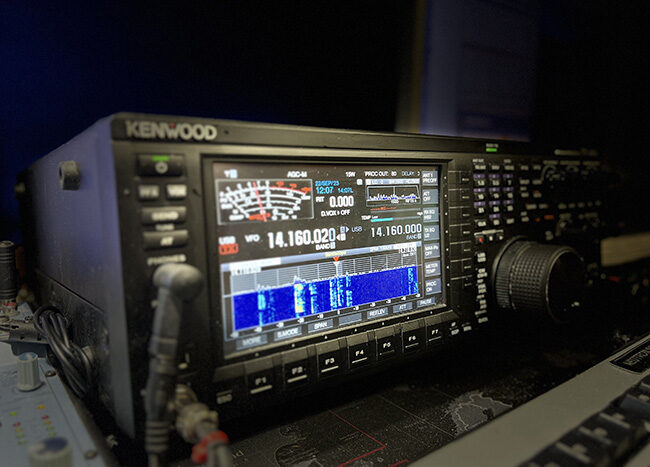
Likely an example of corporate wishful thinking, Hammarlund products were supposedly so preeminent in the pioneering era of radio that they became a part of the language of radio. As the story goes, early radio enthusiasts affectionately referred to Hammarlund products as “Ham” products, and called themselves “Ham” operators. In truth, Hammarlund was a minor and barely known company when created in 1910, at the time “ham” was already gaining currency in the radio field. And its first products for use in electronic equipment, variable capacitors, were developed by Hammarlund in 1916, while its first radio products were built in about 1925
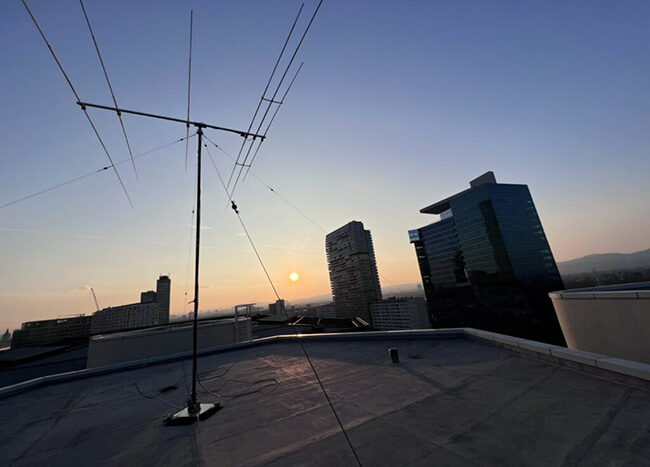
In 1972, Ham Radio (magazine) editor Jim Fisk reported that Albert Hyman confirmed to him that Hyman, Robert Almy and Reginald Murray had put wireless station HAM on the air, however, it was war correspondent Percy Greenwood whose story in a New York medical publication gave the “original HAM story” its start. As told to Fisk, station HAM was not located at Harvard, but at Roxbury High School. After corresponding with Hyman, Fisk concluded that the story had nothing to do with the fact that radio amateurs are called “hams”; rather, the term goes back to the early days of wire telegraphy when unskilled, incompetent operators were pejoratively called hams by their more experienced colleagues.